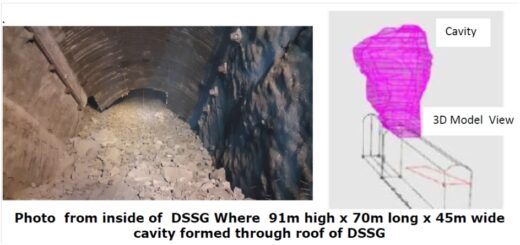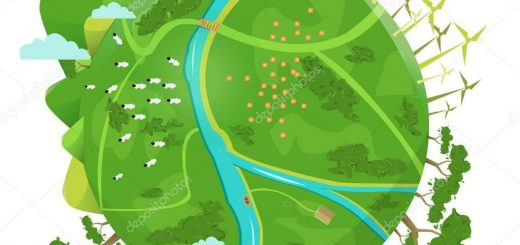Brandenburg Gate and Holocaust Memorial
The Brandenburg Gate is a neoclassical monument in Berlin, Germany. It was constructed between on the orders of the Prussian King Frederick William II in 1788 and designed by Carl Gotthard Langhans. after the successful restoration of order during the early Batavian Revolution. It was built near the City Gate that was the start of the road from Berlin to the town of Brandenburg.
This gate was built to represent peace replacing the eariler simple guardhouses. It has also played different important political roles in Germany. When the Prussian lost to the Battle of Jena Auerstedt in 1806, Napolean used the gate for triumphal procession. After the Prussian’s comeback in 1814, they defeated Napolean and then redesigned the gate as a Prussian triumphal arch.
In late 20th century, when the revolution of 1989 occurred and the wall was demolished, the gate symbolized freedom and helped in unifying the city of Berlin. For all the murdered jews in the revolution, the German Federal Parliament decided to build a memorial for them which was then designed by Peter Eisenman. This memorial was named Holocaust Memorial.
This memorial consists of a 19,000 m square site covered with 2711 concrete slabs arranged in a grid pattern. There exists an underground place which holds the name of approximately 3 million Jewish Holocaust victims. It’s construction was finished in December, 2004.
Address:
Brandenburg Gate : Pariser Platz, 10117 Berlin, Germany
Holocaust Memorial : Cora-Berliner-Straße 1, 10117 Berlin, Germany




